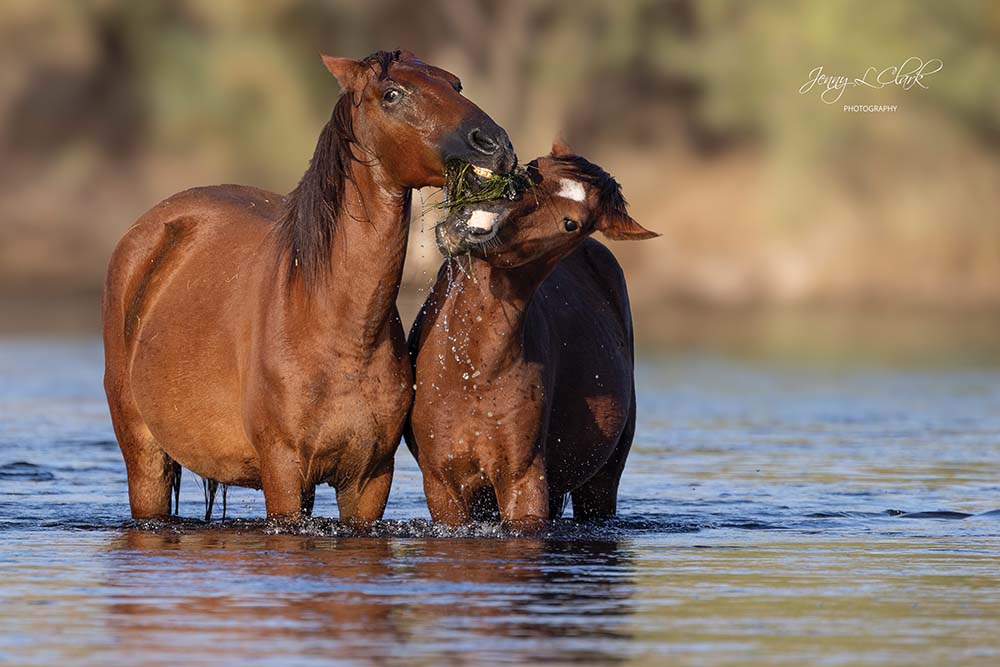By Brent Ruffner
independent Newsmedia
A lack of transparency and not getting everyone’s input are two reasons why the Salt River horses need to have a different group care for the animals than the present Salt River Wild Horse Management Group, according to Fountain Hills resident John Mack.
Mack — who moved to the Valley in 2017 — found out about the Salt River horses while kayaking and fell in love with the majestic animals.
“I was entranced,” Mack said.
The horses reside on land which “is about 20,000 acres in size and encompasses the Goldfield and Bulldog areas on both sides of the lower Salt River within the Mesa Ranger District of the Tonto National” Forest, according to the Arizona Department of Agriculture.
Now, Mack is part of the Wild Horse Transition Team — a group vying to win a state contract to help oversee the horses. The group would be in charge of helping out from anything from a break in nearby fencing to assisting a hurt horse get veterinarian care, he said.
One current problem is there’s not enough food for the current herd of 282 horses, Mack said.
In April, the cooperative extension at the UA College of Agricultural and Life Sciences conducted a vegetation study and found forage production levels “are insufficient to sustain the existing horse population without supplemental” feeding, the study found.
Cooperative extension looked at 10 sites where some spots with vegetation are fenced off and don’t allow the horses access.
In addition, continuous grazing isn’t good for nearby plant life in the area, according to the study.
“The effects of continuous grazing on perennial vegetation are likely to influence plant vigor adversely, particularly under the ongoing (drought conditions) — which may compound the stress already experienced by these plants,” it states in the study.
Care for the Salt River horses goes beyond available vegetation.
Mack said the current management group — the Salt River Wild Horse Management Group which works with Arizona Department of Agriculture — doesn’t have a well-grounded approach in areas such as transparency and accountability.
But Simone Netherlands — president of the Salt River Wild Horse Management Group — said her group is transparent with the public.
For example, the Salt River Wild Horse Management Group takes donations for food through its rescue program and general donations from the public, Netherlands said.
Through its general fund, the Salt River Wild Horse Management Group used funds to buy a 34-acre parcel of land in Prescott that will be used as a sanctuary for injured horses and horses that need to be removed from the Salt River area.
She’s also used money to purchase horses in other areas of the state such as Alpine — to prevent those horses from being killed, she said.
Other potential groups have expressed interest with the state contract to manage the horses because “they see money to receive on the back end by selling horses from the Salt River,” she said.
The president of the Salt River Wild Horse Management Group said she helped then-Gov. Doug Ducey pass a law to help humanely protect and control the Salt River horses in 2017.
Her group has used a fertility control program where two baby horses are being born each year, on average, compared to 109 baby horses in 2019, according to Netherlands.
The Salt River Wild Horse Management Group works on a “zero-dollar contract” where the well-being of the animal comes first, Netherlands said.
“We don’t make money on adopting horses out,” Netherlands said.





